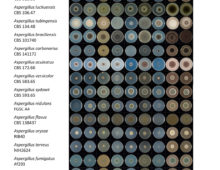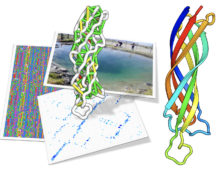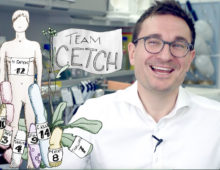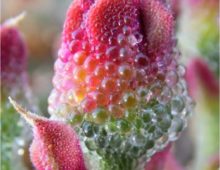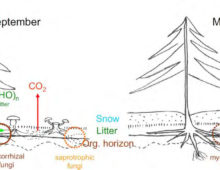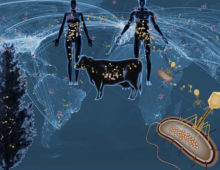Discovered: Novel Group of Giant Viruses
Giant viruses appear to have evolved from smaller viruses (not from cells) based on presence of nearly complete set of translation-related genes. Viruses have a ubiquitous presence in the world. Their population is estimated to be 1031, 10 times greater than the nonillion (1030) of microbes on the planet—a figure that surpasses the number of… [Read More]

